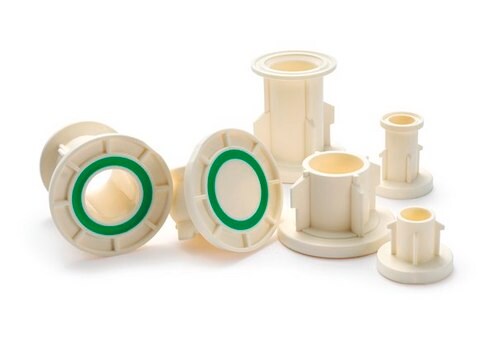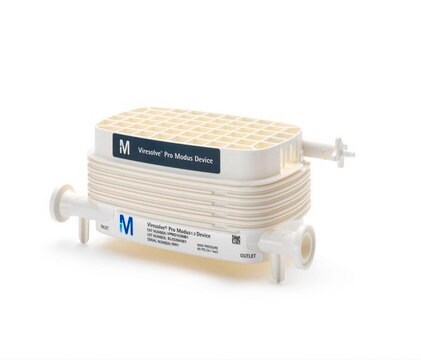BF-2
21713, fish caudal trunk, Fibroblast-like
Zaloguj sięWyświetlanie cen organizacyjnych i kontraktowych
About This Item
Kod UNSPSC:
41106514
Polecane produkty
product name
BF-2, 00021713
pochodzenie biologiczne
fish caudal trunk
tryb wzrostu
Adherent
kariotyp
Not specified
morfologia
Fibroblast-like
produkty
Not specified
receptory
Not specified
metody
cell culture | mammalian: suitable
Warunki transportu
dry ice
temp. przechowywania
−196°C
Pochodzenie linii komórkowej
Fish bluegill fry
Opis linii komórkowej
The cell line BF-2 has been derived from a trypsinised suspension of pooled caudal portions of the trunk of 1 year old fingerlings (Bluegill fry, Lepomis macrochirus). Cells have been reported to be susceptible to a variety of fish viruses including viral haemorrhagic septicaemia virus (VHSV), infectious hematopoietic necrosis virus (IHNV), spring viraemia of carp virus (SVCV) and pike fry rhabdovirus (PFRV).
Zastosowanie
Fish virus studies
pożywka hodowlana
EMEM(HBSS) (M5775) or EMEM (EBSS) (M2279) + 2mM L-Glutamine (G7513) + 850 mg/L Sodium Bicarbonate(NaHCO3) (S8761) + 1% Non Essential Amino Acids(NEAA) (M7145) + 120 mg/l Sodium Pyruvate(NaP) (S8636) + 10% FBS / FCS (F2442); a mixture of MEM (HBSS) and MEM (EBSS) with 1-2% FBS is best for stability of monolayer and maintenance medium
Rutyna subkultury
Split sub-confluent cultures (70-80%) 1:4 to 1:6 using 0.25% trypsin or trypsin/EDTA; cells replicate at 15 - 33°C, optimal temperature is 23 - 26°C; monolayer is stable for at least 10 days in maintenance medium (at 15 or 16°C for about 21 days). Fish c
Inne uwagi
Additional freight & handling charges may be applicable for Asia-Pacific shipments. Please check with your local Customer Service representative for more information.
This page may contain text that has been machine translated.
Certyfikaty analizy (CoA)
Poszukaj Certyfikaty analizy (CoA), wpisując numer partii/serii produktów. Numery serii i partii można znaleźć na etykiecie produktu po słowach „seria” lub „partia”.
Masz już ten produkt?
Dokumenty związane z niedawno zakupionymi produktami zostały zamieszczone w Bibliotece dokumentów.
Nasz zespół naukowców ma doświadczenie we wszystkich obszarach badań, w tym w naukach przyrodniczych, materiałoznawstwie, syntezie chemicznej, chromatografii, analityce i wielu innych dziedzinach.
Skontaktuj się z zespołem ds. pomocy technicznej




